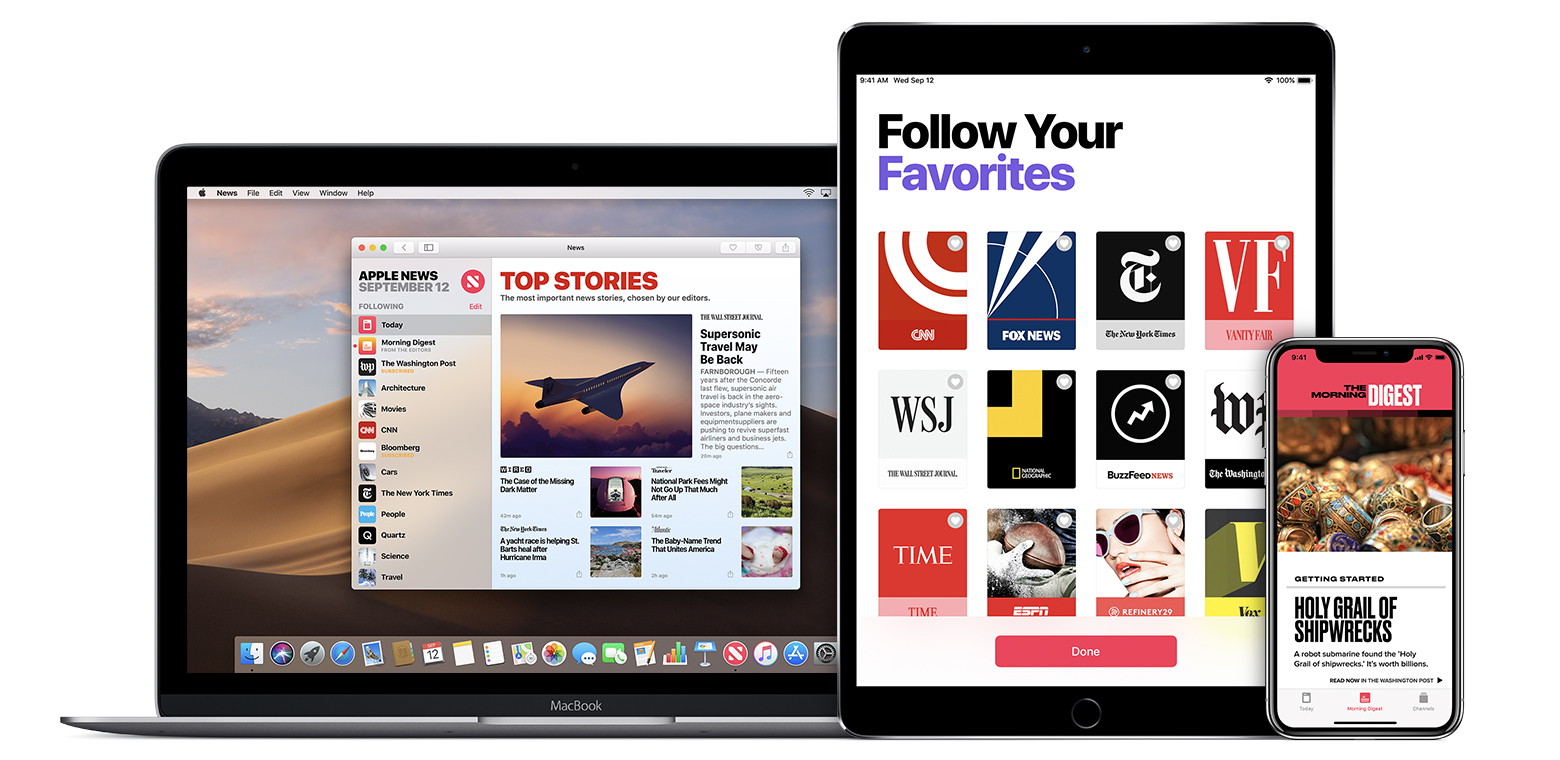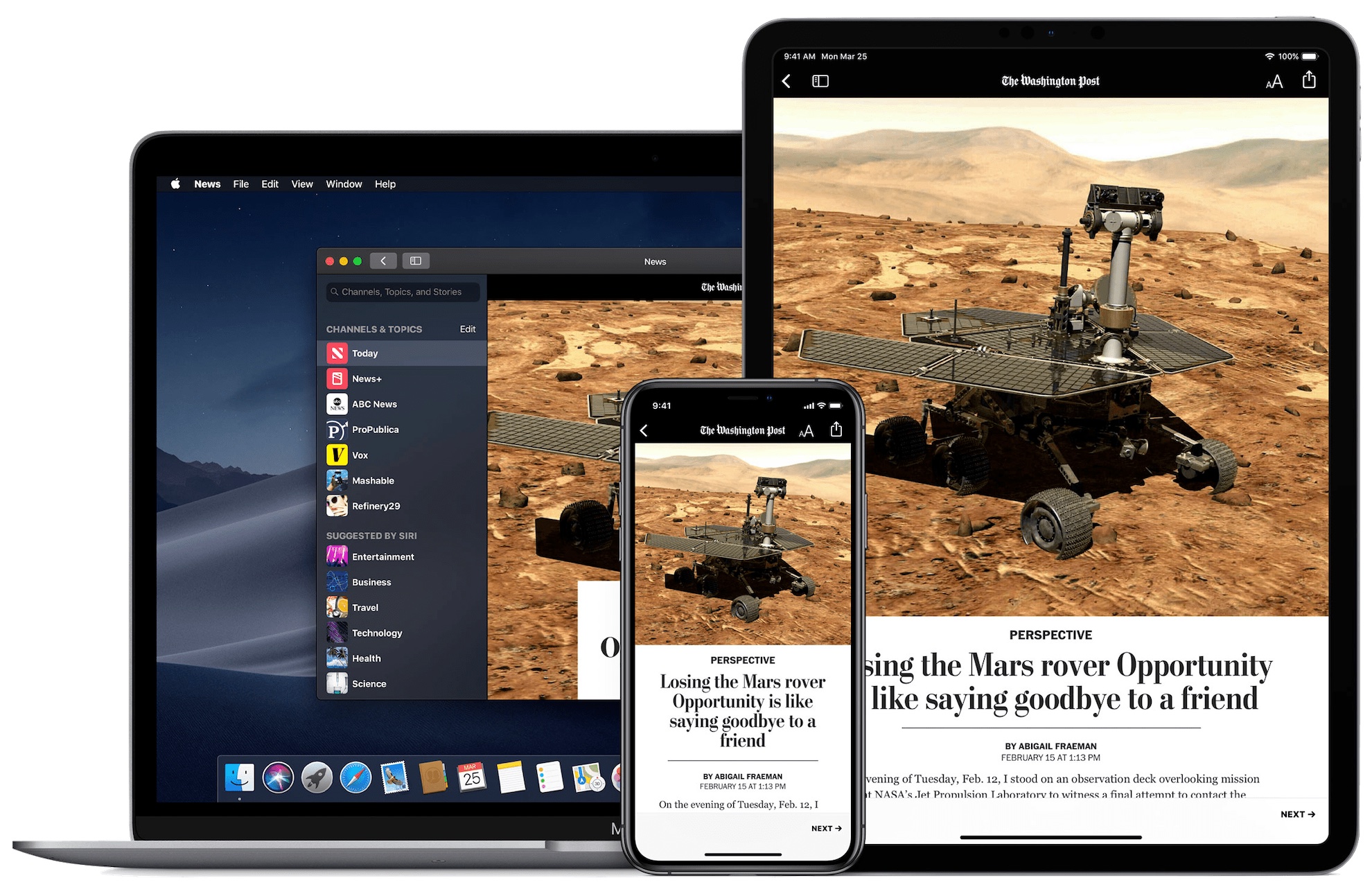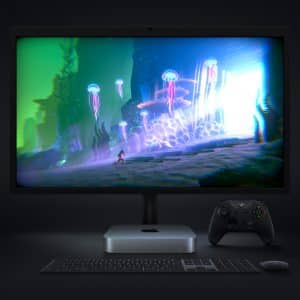Have you ever paid attention to your e-commerce store image optimization?
Every e-commerce store requires fully optimized images so that the speed of the page loading is not compromised.
There are some crazy and phenomenal online platforms where you can resize and compress the images, making your life effortless. Sites such as cloudimage.io where you can get $89 Clouldimage Coupon to start your smooth life.
Great product photography is essential for e-commerce stores as it is a catalyst for the modern age. It helps in communicating the brand visually to the customers. There are images involved in product pages, category pages, the homepage, checkout pages and even abandoned cart messages. Therefore e-commerce image optimization is necessary to make sure the pages are loading quickly and efficiently.
Why Image Optimization?
Through image optimization, the images of the products can remain in their high-quality format with necessary dimensions, sizes, and resolutions. Through image optimization, you can make the image in the smallest size possible without making it blurry or disoriented and not compromising over page loading speed.
Image Optimization Through iOS Devices
Since 78% of the customers at an e-commerce platform desires to view product image, therefore there is no doubt regarding its importance. But it is essential to have clear and crisp images to be attached against a product. And for that, it is necessary to have a good camera.
Among all the smartphone users it is believed that images captured through an iOS device such as an iPhone are magnificent with crispier and sharp tones. But the images captured through the devices are really large and we can’t use them as it is.

The latest iPhone device has a 12 Megapixel camera. It means that the images captured through the iPhone will consist of twelve million pixels. Hence the image produced through a 12 MP camera will be around 3000pxiel x 4000pixel. But for e-commerce photography, the required photo size is not more than 1028pixel x 1028pixel.
Therefore it clearly means compressing, resizing and cropping the picture is necessary to make it fit perfectly on the e-commerce store. Though the original image still can be used, especially if your store has product zoom enabled. A higher resolution image goes perfect for that only.
For example: You have two images of a product on a webpage that are not optimized. The page will take a minimum of 25 seconds to a maximum of 1 minute to load.
As per research, a customer abandons a page if it takes more than 3 seconds to load.
Whereas, if both the images are properly optimized then it will take a minimum of 2 seconds to maximum 10 seconds to load.
The new iPhone 11, iPhone 11 Pro and iPhone 11 Pro Max has new photo applications through which users can easily resize, compress and format images with ease. The images captured through these phones are heavy but through correct optimization, the images can stay original and crisper exerting no extra load on the server to load.
Optimizing images for an e-commerce store is essential and snapping images from an iPhone can ensure natural quality images. But they need to be optimized using a genuine platform so that the customer can get the proper image of the product persuading them to purchase.







